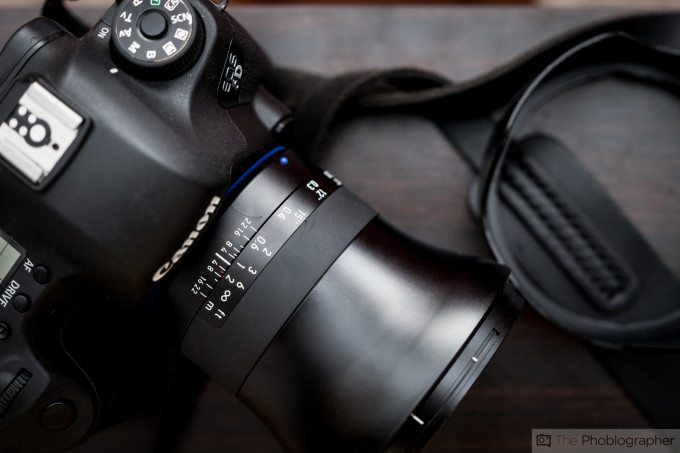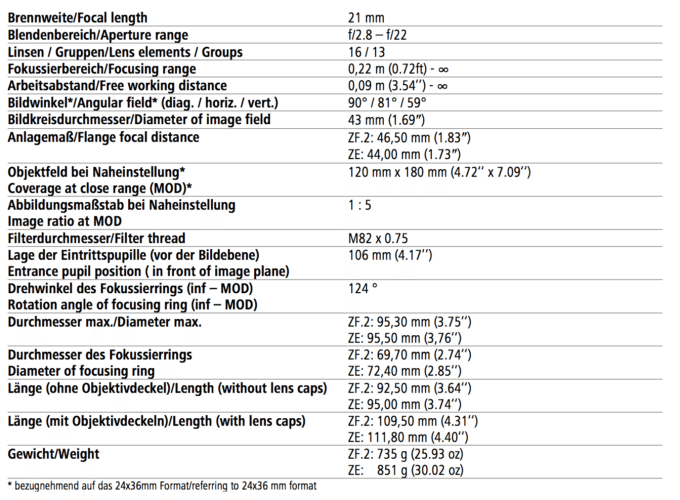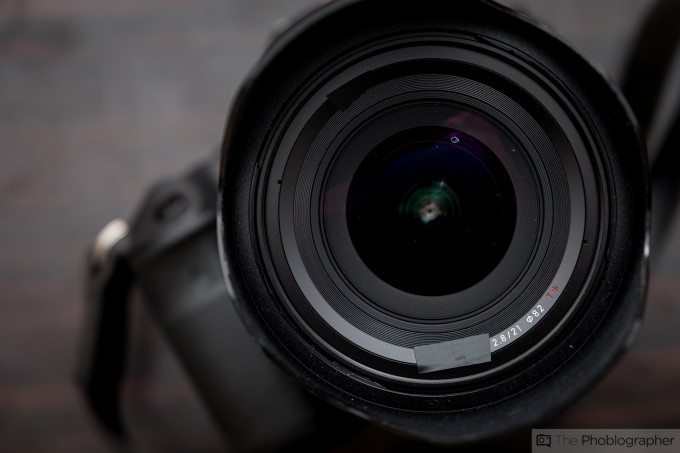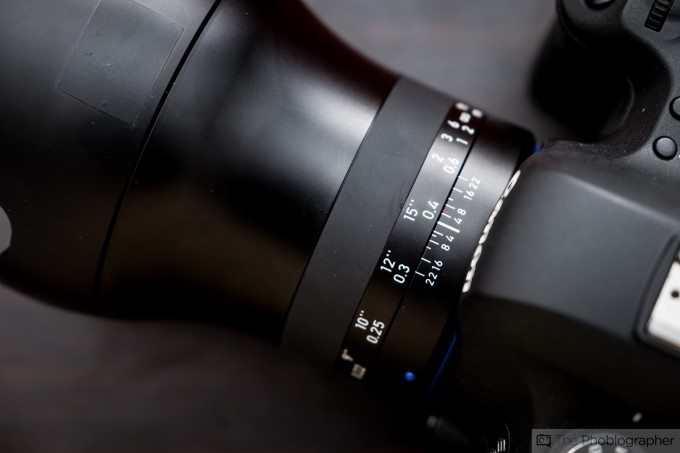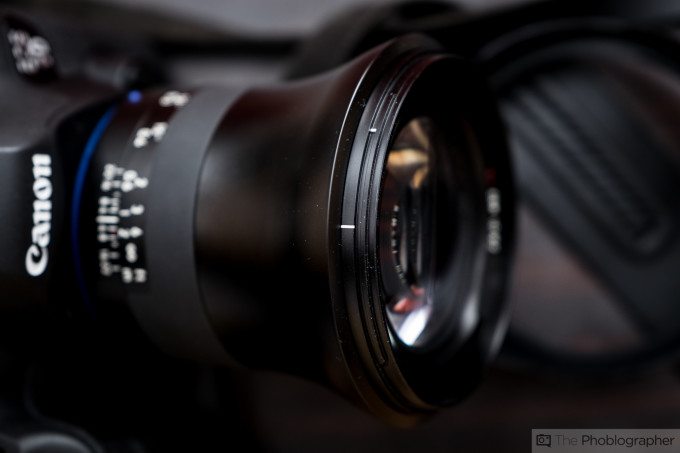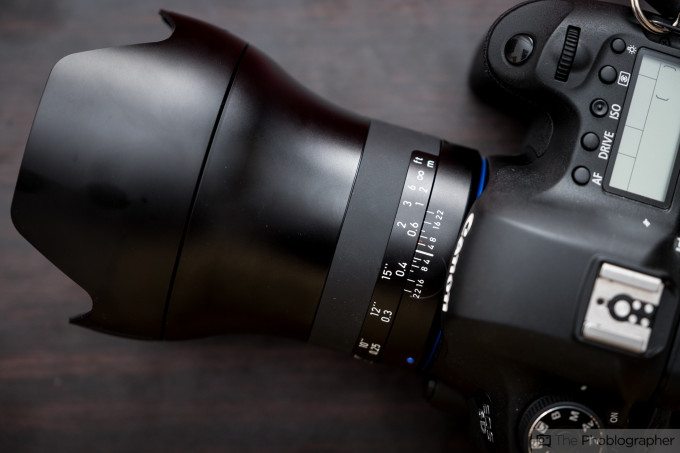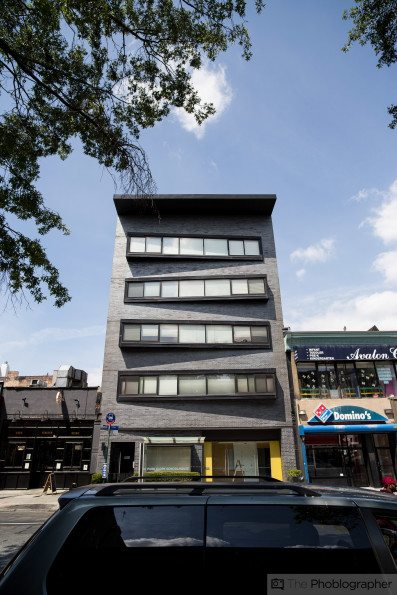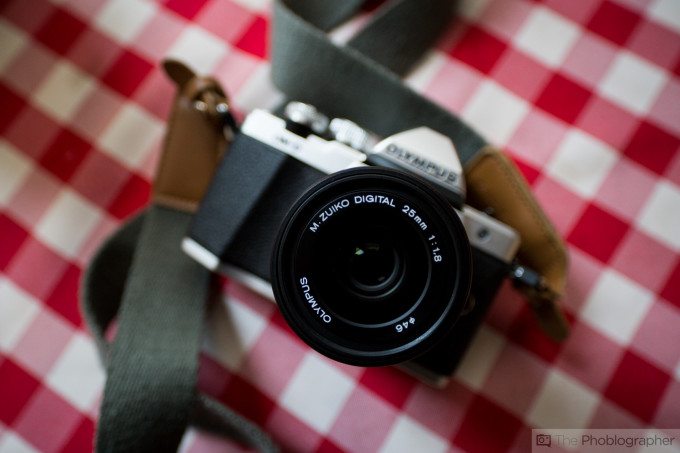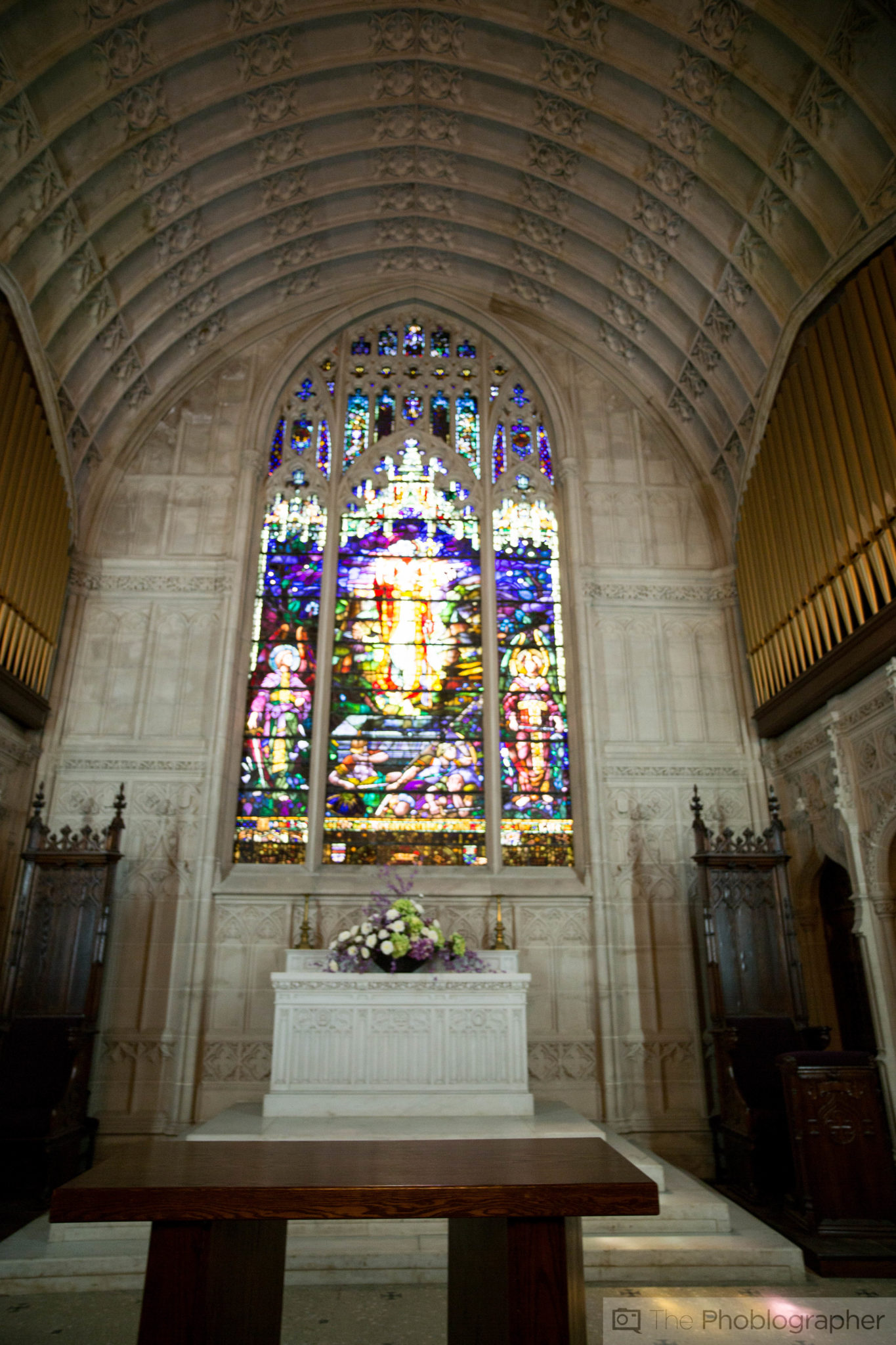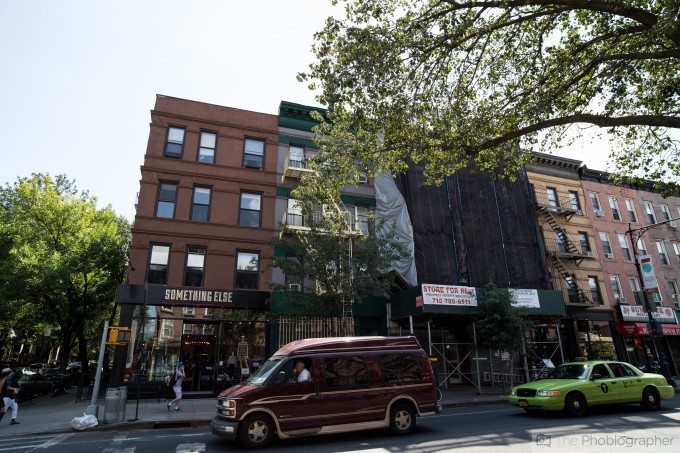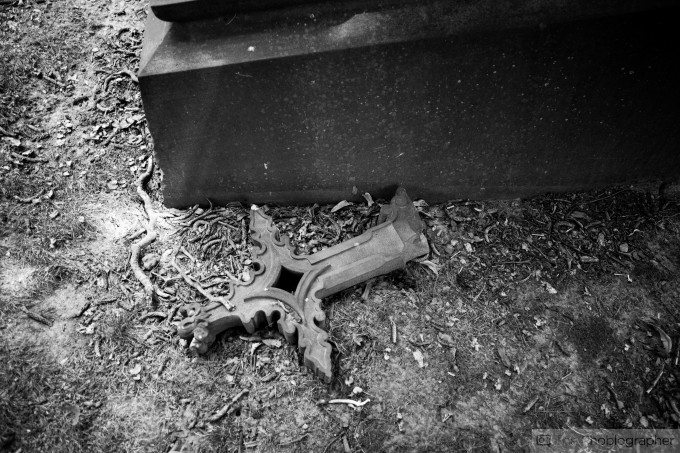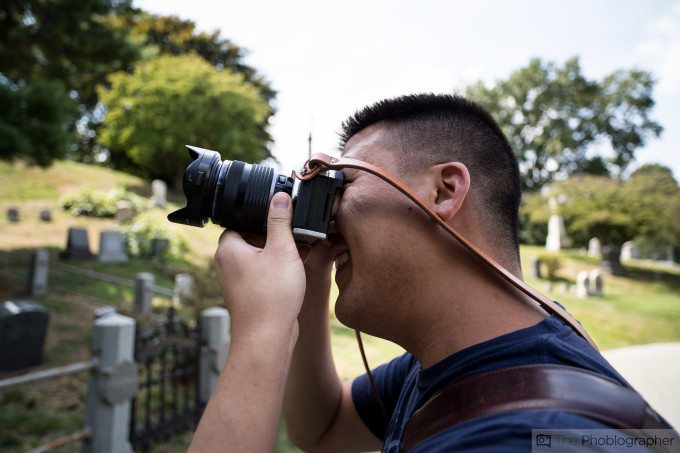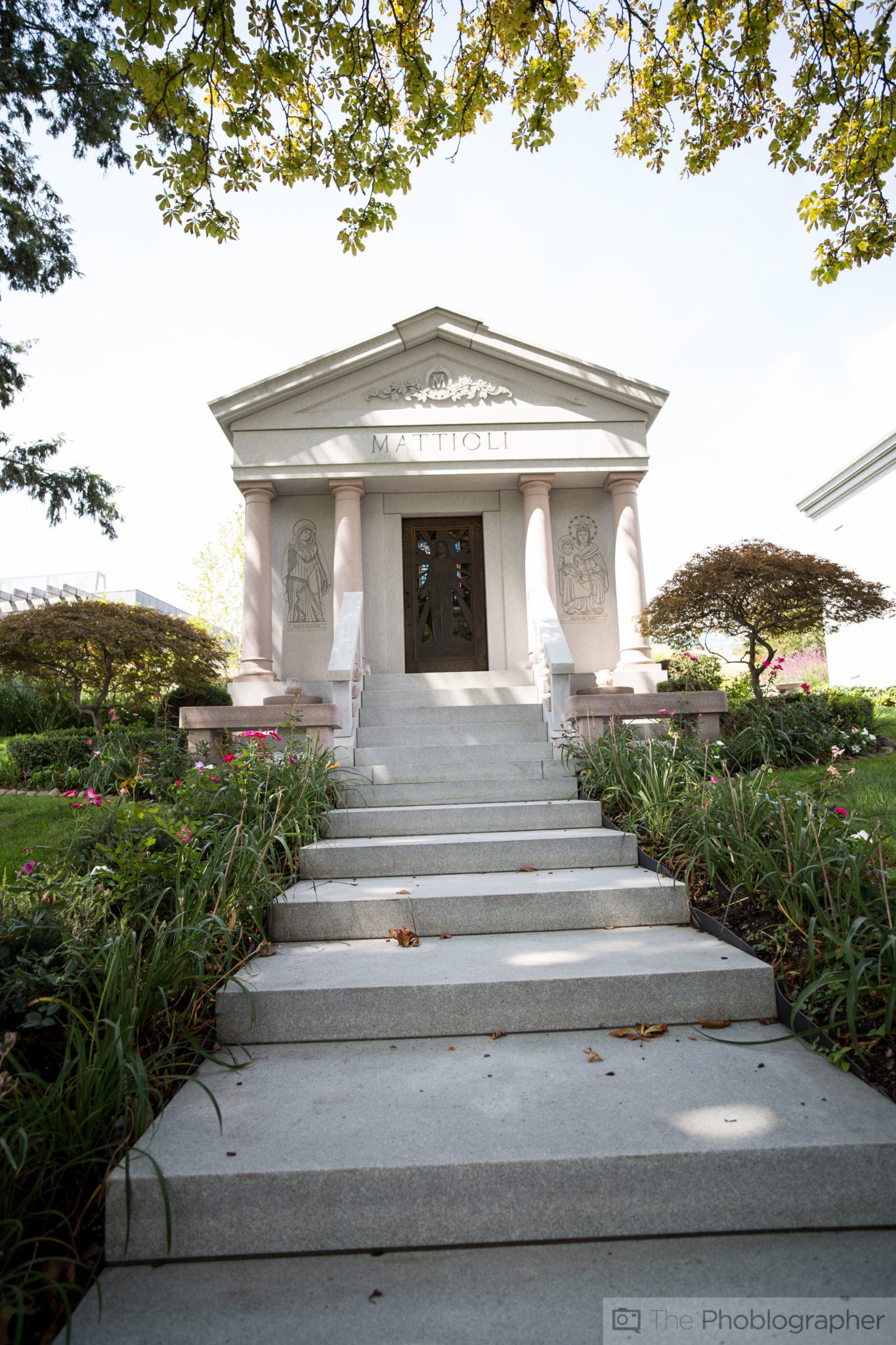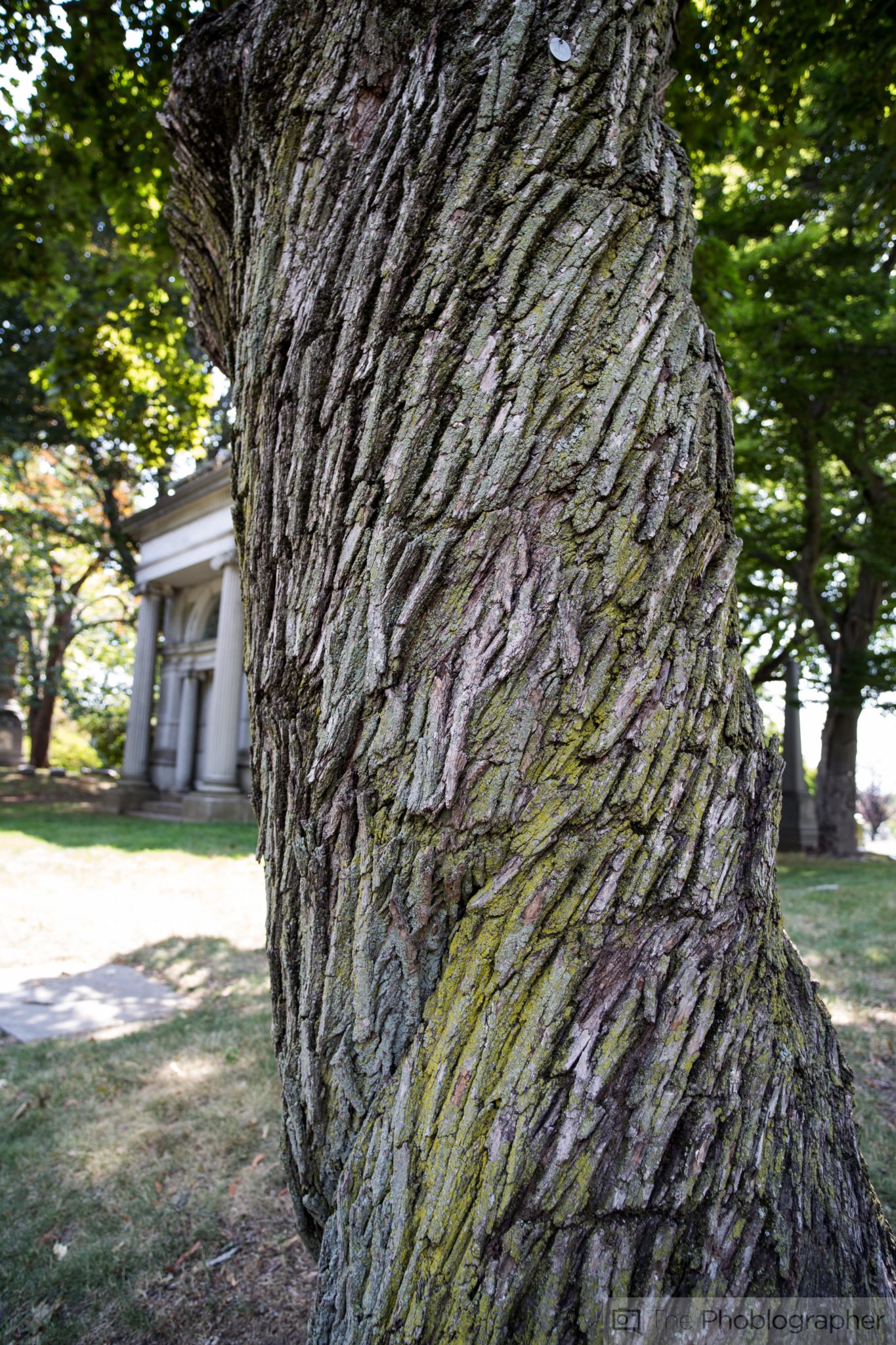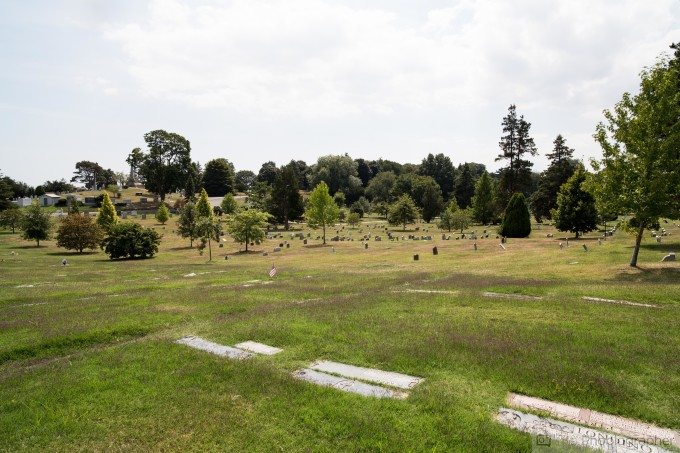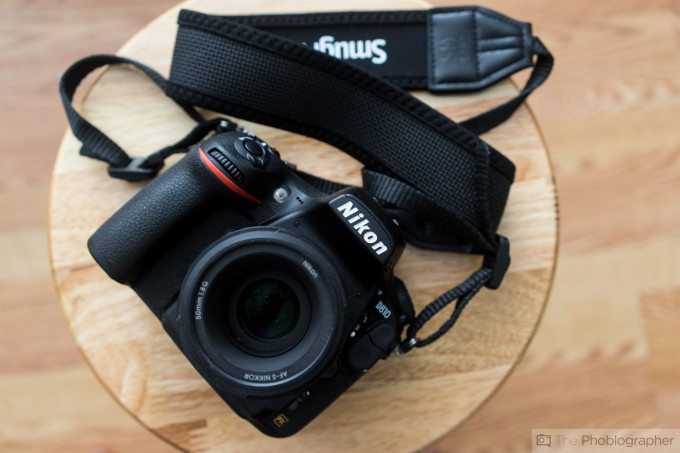Last Updated on 11/05/2015 by DigitalMGMT
With today’s announcement of Zeiss’s new Milvus lenses, one of the first that the company is offering is their Zeiss 21mm f2.8 Milvus. As the widest angle lens of the bunch, its construction consists of 16 lens elements in 13 groups and those elements can move in such a way that the lens can focus to a bit more than just under a foot.
But trust us when we say that that’s the least of what you’ll care about.
Pros and Cons
Pros
- Great feeling in the hand
- Solid, feels just as great as the Otus lenses
- Nice image quality; and we wouldn’t expect anything less from Zeiss
- Smooth focusing
Cons
- Focusing issues can happen, and that’s why we’re so grateful for the depth of field scale
Gear Used
We tested the Zeiss 21mm f2.8 Milvus with the Canon 6D.
Tech Specs
Taken from the Zeiss Press release
Ergonomics
This is one big and beefy wide angle lens. But then again, it’s a Zeiss–and we wouldn’t expect anything less with a focal length this wide. So we start our ergonomics tour with the front of the lens. When we first got it in, they came with the black tape around front. We left if there for the images.
Move to the top of the lens and what you’ll find here is essentially everything that controls the lens–which is the focusing ring. this ring is rubber and much like the others that Zeiss have come out with in the past years. We wish that Zeiss would make these rings with grooved rubber for better grip.
Without the lens hood, the lens becomes smaller, but the front element is so massive you may not want to remove it. Said hood is metal, and when you put it on, you really feel it.
Build Quality
Take a look at the image above. See that blue area between the lens and the camera? That’s weather sealing. Yes, Zeiss has finally made lenses for DSLRs that are weather sealed and they are marketing them that way too.
“The new Milvus lenses offer both internal sealing to protect against water and dust, but also offer a weather seal on the lens mount to protect the camera interface,” said Zeiss’s Richard Schleuning in an email to us days before the publication of this review. “Based on these changes, we will promote the lenses as weather sealed.”
In addition to this fancy new weather sealing, the overall feeling of the lens is the hand is truly remarkable. Like a good print, you need to feel it to believe and experience it. It’s absolutely beautiful and tempts to going back to using DSLRs as my primary cameras.
Ease of Use
Zeiss lenses for DSLRs have never really been for the newbie photographer. These lenses require you to manually focus and find careful precision with each photo that you take by using the focusing confirmation with Canon or Nikon’s rangefinder focusing system. For what it’s worth, Nikon’s system works better.
Focusing
Mmmmmmm…it’s so smooth.
No really, it’s very smooth and perhaps the smoothest that we’ve ever felt with a DSLR lens. Zeiss fine tuned it to be precise enough for fine tuning yet loose enough to let you get to where you need to focus fairly quickly. But with a lens like this, we’re positive that you’ll be shooting stopped down and focused out to infinity.
Image Quality
Before we go on with this review, we’re to flat-out say that we were amazed at how good the distortion control is with a lens this wide. Usually you’d need to resort to everything that Adobe Lightroom has with the Upright tool and lens correction, but in this case we didn’t have very much to complain about.

The Zeiss 21mm f2.8 Milvus lens is a lens that offers great sharpness, color, an even keeps the color fringing down to a serious minimum. Don’t expect a lot of bokeh from this lens, but when you do get any sort of bokeh, you’ll really find it to be pleasant.
Sharpness
This lens is very sharp when shooting wide open, but it really starts to sing at f5.6 and down to f11. To date, we believe that Sigma and Zeiss make the sharpest lenses for DSLRs, and this lens is no exception to that rule. The closest competitor would be Sigma’s 24mm f1.4 Art and this lens isn’t as sharp as the Sigma, but we have to expect that for being a wider angle. However, this lens has weather sealing and a better overall build.
Bokeh
It’s tough to get bokeh from this lens, in fact at f2.8 this is about as much bokeh as you’ll get even when focusing at its closest distance of around 9 inches. Don’t get this lens for the bokeh. Get it for landscapes and architecture–that’s where it excels.
Color Rendition
We were always in love with the color rendition from Zeiss’s newer DSLR lenses and the same holds true here. The color rendition is great. Consider it to be saturated but without very much contrast.
Color Fringing
At first we thought we found color fringing in our samples but later discovered that it was just the way that Adobe Lightroom was rendering the image. When the render was complete, there was none.
Extra Image Samples
Conclusions
Likes
- Superb color and sharpness
- Great build quality
- Weather sealing
Dislikes
- Sometimes has focusing issues more than we’d like with the Canon 6D. We tried cleaning the contacts and that seemed to fix the problem a bit more.
The Zeiss 21mm f2.8 Milvus lens is what we’ve been waiting for a while. At least, we have a lens designed for a DSLR that has weather sealing, the Zeiss branding, Zeiss build quality and Zeiss image quality. What more could you ask for? At an angle this wide, autofocus isn’t really a problem because you’re shooting objects that are so wide and with such a large depth of field that you shouldn’t worry about it.
For what it’s worth, manually focusing also makes you pay more attention to your composition.
The Zeiss 21mm f2.8 Milvus lens receives five out of five stars. You can learn more about them right here or check out the B&H Photo listing of this lens.
Recommended Cameras
Canon 5Ds: For the best resolution while photographing buildings or landscapes, this is what you’ll need.
Nikon D810: This is our preferred body, lots of resolution, better high ISO performance, and the Nikon rangefinder focusing system is much better than Canon’s.


